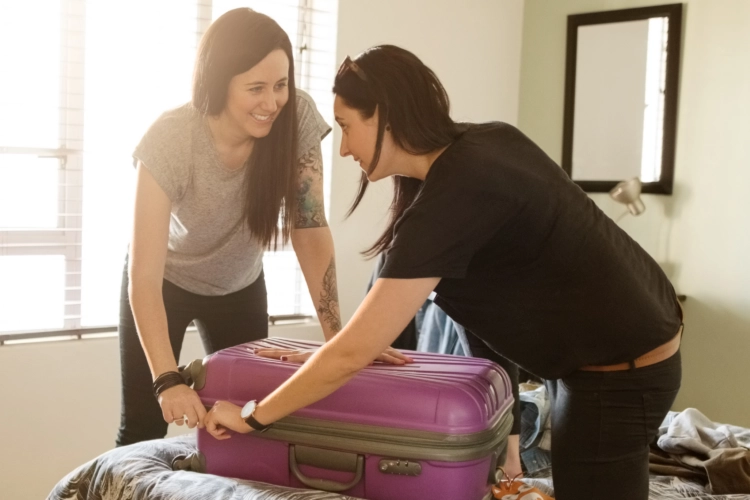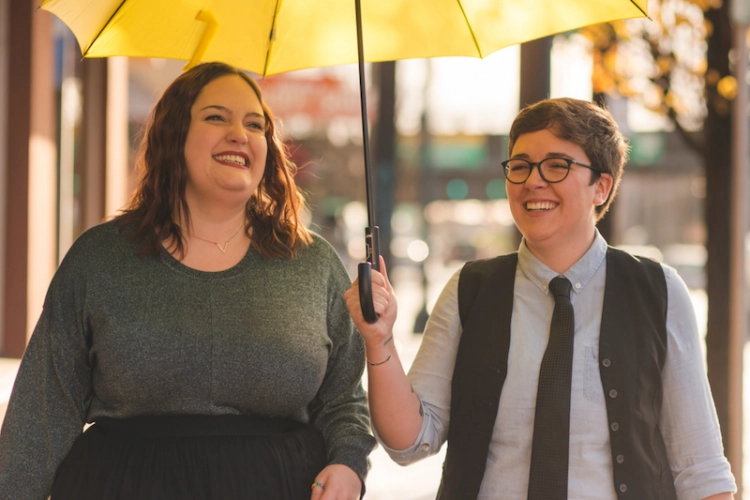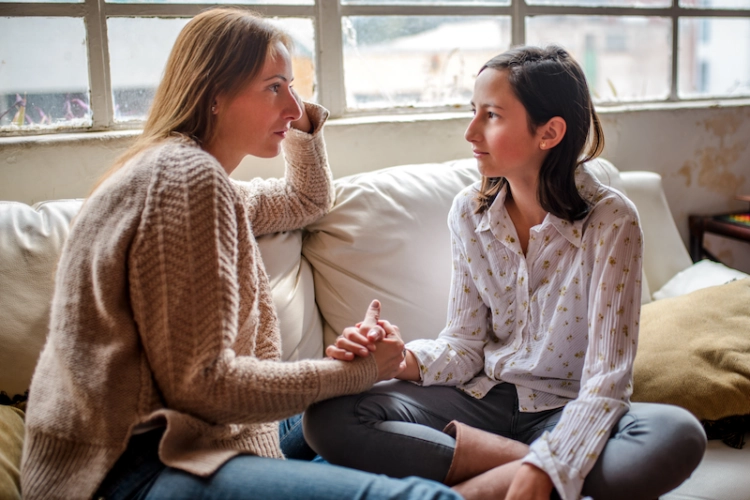Parents, you’re probably thinking ahead: where is my child going to attend school next year? Be it elementary, middle, or high school, this is a major decision. Here, we’ve put together a list of resources for parents of LGBTQ+ youth looking to tease out which schools are genuine in their inclusion of LGBTQ+ kids, and which ones want you to think they’re inclusive.
Inclusion Programs in Schools
LGBTQ+ Resources For Teachers and Parents
There are many resources for students in schools; some address bullying and discrimination directly to LGBTQ+ students, while others offer resources within a school system. Parents can speak with their child’s school administration about adding these programs as extra resources throughout the school year. There are also many LGBTQ+ resources for teachers looking to become more inclusive; the Gay, Lesbian, and Straight Education Network provides programs for students and educators.
Gay-Straight Alliances (GSAs) In Schools
A major resource for LGBTQ+ students is a Gay-Straight Alliance (GSA). Genders & Sexualities Alliances, or GSAs for short, is a student-led or community-based organization that unite LGBTQ+ and allied youth to organize around issues impacting them in their schools and communities. The Federal Equal Access Law was created in 1984, protecting student groups in federally-funded private and public schools from discrimination, requiring administrations to enforce rules among all groups equally.
GSAs are safe spaces for LGBTQ+ students to spend time and speak with fellow LGBTQ+ community members at their school, as well as students who may be questioning their identities and sexualities. Stay up to date with LGBTQ+ resources and trans Legislation updates.
How To Start A GSA
If your child’s school does not have a GSA, but your child is interested in starting one, it’s completely possible. Each school has its own process for forming a non-curricular club, but generally, your child will need to have a reason to start one (not hard to think of), find an advocate (such as a teacher or guidance counselor) to support the GSA, and respond to questions or criticisms. And if the school still denies the GSA, contact an organization like the ACLU for help.
LGBTQ+ In Education
Double-Check The Curriculums
In the age of the Don’t Say Gay bill, LGBTQ+ history is being erased from schools. This leaves many LGBTQ+ students feeling misrepresented or invisible, if not downright demeaned and unsafe. When looking at schools, reach out for the following year’s curriculums if possible; at the very least, read past years’ curriculums. Though Don’t Say Gay was introduced this year, changing next year’s curriculums, you can get a sense of whether or not the school is inclusive regarding LGBTQ+ topics.
Look Into Teacher Training
Does the school’s training require teachers to know about working with LGBTQ+ students, including sensitivity to gender pronouns and addressing mistreatment of LGBTQ+ students when they see it? This information may reveal whether or not your child will be safe in their classrooms each day. Speak directly with the school’s administration for information on what is included in these trainings, and check state laws for general requirements.
Read The News
When a school has been an incredible ally to the LGBTQ+ community, you will most likely find a newspaper story, digital article, or certification about it. If you see the school has had some troubles with LGBTQ+ students or been involved in even a minor part of any scandals, reconsider enrolling your child.
LGBTQ+ Resources
LGBTQ+ Student Rights
While there is no federal law protecting students from bullying, districts and administrations have rules in place that punish it. These punishments range in severity, from detention to suspension, and many schools have anti-bullying programs put in place when officials witness or hear about it. Check your potential school’s student rights regarding bullying.
Other rights to research involve dress codes, use of pronouns, giving students prescription medication (such as HRT) privately, and gender neutral spaces (such as restrooms), to name a few.
LGBTQ+ Counseling
Counselors are meant to provide solace to their students, though some are not equipped to handle issues surrounding LGBTQ+ youth. If possible, speak with the counselor in advance about their experience with LGBTQ+ students, including their responses to certain situations – say, when a student is questioning their sexuality or considering self-harm. Finding an LGBTQ+ therapist outside of school can also help support your child especially if they are experiencing anxiety and/or depression.
The American School Counselor Association is the best resource for learning more about the standards that counselors must adhere to in order to remain a counselor, including ethical, professional, and behavioral standards. It also covers what is required of a school counselor and school programs within each state.
These resources for parents of LGBTQ+ youth will help you prepare for the school year ahead. Good luck, and know that, when it comes to your child’s health, you’ve got your own personal care team on call and on your side.
At Included Health, we strive to provide friendly and exceptional healthcare navigation services to the LGBTQ+ community. Learn more about our LGBTQ+ Health services for your employees, and please do not hesitate to contact us to #GetIncluded for your company, health plan, and community.
If you are an employee or member looking for assistance, please visit our LGBTQ+ Member Hub to get started.
About the author

Tess Aurore
Tess Aurore is an LGBTQ+ Health Content Writer. A member of the LGBTQ+ community who copes with multiple chronic illnesses, she has firsthand knowledge of the healthcare system. Tess contributes her vast knowledge to the Content Team at Included Health, providing insight into LGBTQ+ patients’ struggles in a system that often overlooks her community’s unique and diverse healthcare needs.



